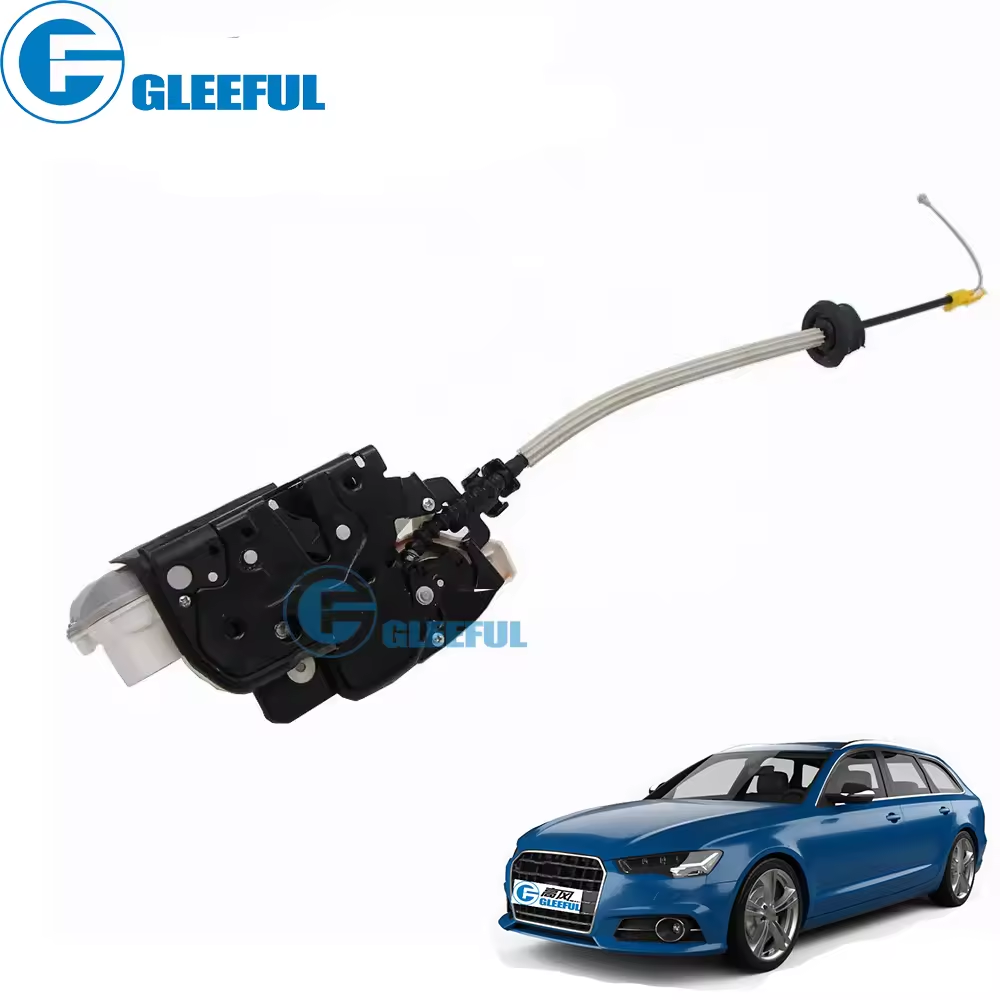Maintaining your car door locks is crucial for ensuring the security and functionality of your vehicle. A key component in this system is the door lock actuator, which plays a vital role in locking and unlocking your car doors. By following a few DIY maintenance tips, you can extend the life of your car door locks and avoid costly repairs. This article provides comprehensive guidance on how to keep your door lock actuator and other locking mechanisms in top condition.
The door lock actuator is an essential part of your car's central locking system. It is an electronic device that controls the locking and unlocking of your car doors with the push of a button. When you press the lock or unlock button on your key fob, the actuator receives an electrical signal, triggering a motor that moves the lock mechanism.
Common signs of a failing door lock actuator include:
Recognizing these signs early can help you address issues before they escalate.
One of the simplest yet most effective maintenance tips is regular cleaning and lubrication of your car door locks and door lock actuator. Dust, dirt, and debris can accumulate in the locking mechanism over time, causing it to malfunction.

Regular inspection of the door lock actuator can help you identify potential issues early. Here’s how you can inspect it:
If your door lock actuator is beyond repair, replacing it can restore the functionality of your car door locks. Here’s a step-by-step guide to replacing it:
In addition to the above steps, incorporating preventive maintenance can extend the life of your car door locks and door lock actuator:
Proper maintenance of your car door locks, including the crucial door lock actuator, can save you from unexpected breakdowns and expensive repairs. By following these DIY maintenance tips, you can ensure your car doors remain in optimal working condition for years to come. Regular cleaning, lubrication, inspection, and preventive care are key to extending the life of your car door locks. Remember, a well-maintained door lock actuator is essential for the security and convenience of your vehicle.
GET A QUOTE